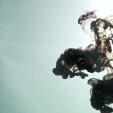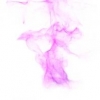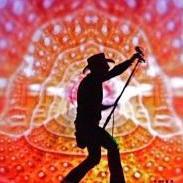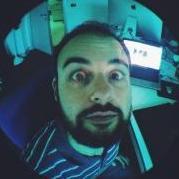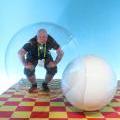Search the Community
Showing results for tags 'cloud'.
-
We need to do a similar effect in the project, but I don't know any good way to simulate it. I feel it is difficult to control only by parameter adjustment. This effect needs to be layered inside, from the very small edge at the beginning, to a large number of small tumbling in the back, as well as a larger tumbling form in the back. I wonder if there are some big people who can share some experience or production ideas, I would be grateful reference.mkv
-
Hi I've been playing around with the wdas data set cloud and I've noticed that we houdini users (who are not lucky enough to have access to shaders dveloped by giant companies) lack an overall dense (almost pyroclastic) cloud shader that shows the distinct features of puffy cumulus clouds. After a through searching both in web and odforce i've seen that a few people also inquired on the same subject but it was inconclusive. I've decided to use this post as an idea dump to possibly implement a new shader or track your opinion on the subject. During the searching i've realized that distinct features of dense clouds are achievable by either using a very high number of internal light bounces or by faking them. I have seen that dark edges are the most prominent feature of the dense clouds since the other effects as transmittance and high forward scattering are already studied and implemented in shaders. To assess the current state of volume rendering other then mantra i've done a couple tests with several renderers in maya and also tried the new terragen 4.2. The most beautiful (simulating a real cloud light) is the hyperion render. Terragen 4 clouds are also very realistic and detailed (http://terragen4.com/first-look/). Arnold seems to be the best commercial option out there and is very good in giving the edge darkening but fails at details in dark areas (which is highly visible in hyperion) but i think these areas can be compansated with additional ligths. Redshift render is blazing fast but no where near the realism. In houdini i have used pbr with 50 volume limit, 5x5 samples, volume quality at 2 with a standart volume cloud shader. I have just started to see dark edges but even rendering a very small portion of 1920x1080 image took me about 10 minutes ( 2xE5-2680 v3, 48 cores total) . For speed comparison, redshift was the fastest with a couple minutes, arnold took about 10 minutes, terragen is said to be around an hour for a very heavy cumulus cloud. No information about hyperion but since wdas has a 50.000 core farm it shouldn't be a problem. Mantra was the worst with a projected couple hours of total render. Below are the sources i found for future reference for myself Oliver also asked about a cloud shader and Mike Lyndon says he has implemented a shader before (https://forums.odforce.net/topic/17900-cloud-shader/) . This is the most prominent one and is the one i will be implementing. The thesis of Antoine Bouthors that Mike says he has implemented (http://evasion.imag.fr/~Antoine.Bouthors/research/phd/thesis/thesis.pdf) . Beautiful mie scattering solution by Matt and the base for my shader (http://mattebb.com/weblog/rendering-clouds-with-the-mie-phase-function/) Odforce user Andrea was also interested in such topic and has some ideas in it (https://forums.odforce.net/topic/24831-cloud-shader/) Modelling aspect of clouds (https://forums.odforce.net/topic/12923-pyroclastic-noise-demystified/?page=2) Siggraph presentation by Magnus Wrenninge (http://magnuswrenninge.com/content/pubs/VolumetricMethodsInVisualEffects2010.pdf) Realtime clouds for horizon zero dawn by guerilla games. realtime but has really nice implementations (horizon zero dawn real time clouds) A hefty paper from Hyperion developer Yining Karl Li (https://blog.yiningkarlli.com/2017/07/spectral-and-decomposition-tracking.html) With the directions i gathered from Mike Lyndon's post i have started implementing the photon map approach. I have already implemented a henyey-greenstein phase function and added the contribution by radiance photons. Now i will try to implement the ideas presented in the thesis of Antoine, with high focus on cumulus cloud rendering (ch. 7). Attached is the current state of shader (cloud_shader.rar) I am also interested in GLSL implementations for viewport and cloud modelling tools but i guess this post wil be mostly about a shop type implementation. anyway here is a simple glsl implementation work and i am open to every feedback https://forums.odforce.net/topic/32197-glsl-pipeline-in-houdini/?tab=comments#comment-190945 I am definitely not an expert on this subject, so all input, ideas, criticsm, and source is welcomed. Thank you. Hyperion Render (wdas_cloud_hyperion_render.png is Copyright 2017 Disney Enterprises, Inc. and are licensed under the Creative Commons Attribution-ShareAlike 3.0 Unported License ) Terragen 4 Render terragen_4_render.tif Houdini Pbr Render (the little part on top took 10 minutes to render so i left it unfinished) Arnold Render Redshift Render
-
Hi everyone! A question of beginner! Can you explain to me how Noise Mask works in Cloud Noise? I saw this post but I can’t understand how it works, I’m really a beginner, if you have a tutorial or an article. Thanks a lot!
- 2 replies
-
- noise mask
- cloud noise
-
(and 1 more)
Tagged with:
-
Hi, How do I make this current state of cloud into a funnel in motion? Trying to animate this cloud sucking into a clear container. Would be very helpful! Thank you! Normal_Cloud.hipnc
-
Hi, Is there a way loop a cloud noise? Looking to make a cloud that animates seamlessly over 250 frames. Cheers,
-
PC.hip as you can see in the images below when I connect the position of the second input pc doesn't work correctly , what did I do wrong? and what's the warning in the last image? PC.hip
- 1 reply
-
- while
- pointcloud
- (and 6 more)
-
Hey guys , I need a good resource to learn point cloud in vops with basic examples , Plz help me Best regards.
-
Hi guys I have a cloud volume render problem. I creat a instance VDB cloud and use ass to arnold render But in some places there appeared undesirable lines I will not have this error when I test in a single cloud and I only use standard_volume as the Shading I am also sure that there are no lights in these directions(2 arnold light) The horizontal or straight line in the image below is my problem I don't know how it is caused, is there any solution?
-
I have seen this question posted several times throughout the forum without much of a definitive solution and I have personally been asked several times how to do this, so I prepared a hip file with 2 different ways to achieve this effect, with some notes explaining what is happening. Basically you have to properly prepare your rest coordinates and then use them as a source for the noise. Hope some of you find it useful NJ_volume_deform.hip
-
Like I was trying to generate some cloud by copy to point with one cloud input. According to the help file, packed geometry will certainly reduced lots of render resources because it will ignore the geo outside of the frame, but when it comes to volume, once I checked Packed Instance, all the volume disappeared in render buffer(redshift), there should be something wrong with copy to point ? Or do I have to manually output density attribute ? BTW, is there effective way to reduce volume noise in redshift? Thx !
-
Several days ago, I finished my cloud. But I'm not very satisfied. I have no idea how to analyze and achieve the dynamics of the cloud, which makes it pretty hard to sim realistic clouds. Here I ask for help with this problem. Can someone help me out or offer me some related tutorials? Thank you.
-
Hello, I hope everyone is well? By making a cloud today. I wanted to use "Use painted Attrib" in the clouds node but, I was not able to use this function. I have tried several techniques. But the lack of information around this node function is missing. Do you have a tutorial or a solution? Thank you. Loan
-
Cloud tornado with water VFX breakdown from Chinese feature 哪吒 (NeZha), I was responsible for creating and rendering of all the effects using Houdini Pyro and Flip, render in Mantra.
-
- 5
-

-
- whitewater
- water
- (and 9 more)
-
Hi all, I am running sims with houdini engine on amazon aws ec2 instances. Using Thinkbox Deadline and Usage Based Licensing. It does work, but there is a ~75% chance, the sim won’t start and throw a Segmentation Fault immediately after a message about OpenCL: 2019-11-15 14:26:17: 0: STDOUT: Rendering frame 1 to 240 2019-11-15 14:26:17: 0: STDOUT: OUT_whitewater at time 0 2019-11-15 14:26:17: 0: STDOUT: Bytes sent: 0 2019-11-15 14:26:17: 0: STDOUT: Bytes received: 0 2019-11-15 14:26:17: 0: STDOUT: Seconds taken: 0 2019-11-15 14:26:17: 0: STDOUT: ALF_PROGRESS 0% 2019-11-15 14:26:18: 0: STDOUT: No OpenCL platform has the specified device type (HOUDINI_OCL_DEVICETYPE): GPU. Falling back to built-in CPU OpenCL driver. 2019-11-15 14:26:18: 0: STDOUT: 8395: Fatal error: Segmentation fault (sent by pid 0) 2019-11-15 14:26:18: 0: STDOUT: -- TRACEBACK BEGIN -- 2019-11-15 14:26:18: 0: STDOUT: Traceback from hython 17.5.360 (Compiled on linux-x86_64-gcc6.3): 2019-11-15 14:26:18: 0: STDOUT: stackTrace() <libHoudiniUT.so> 2019-11-15 14:26:18: 0: STDOUT: signalCallback(UTsignalHandlerArg) <libHoudiniUT.so> 2019-11-15 14:26:18: 0: STDOUT: UT_Signal::UT_ComboSignalHandler::operator()(int, siginfo_t*, void*) const <libHoudiniUT.so> 2019-11-15 14:26:18: 0: STDOUT: UT_Signal::processSignal(int, siginfo_t*, void*) <libHoudiniUT.so> 2019-11-15 14:26:18: 0: STDOUT: __funlockfile <libpthread.so.0> 2019-11-15 14:26:18: 0: STDOUT: -- TRACEBACK END -- 2019-11-15 14:26:19: 0: INFO: Process exit code: 139 2019-11-15 14:26:19: 0: INFO: Sending EndTaskRequest to S3BackedCacheClient. 2019-11-15 14:26:19: 0: DEBUG: Request: 2019-11-15 14:26:19: 0: DEBUG: JobId: 5dceb41cfc813313c877a56e 2019-11-15 14:26:19: 0: Done executing plugin command of type 'Render Task Since I dont want to run this on a GPU instance, installing Nvidia OpenCL drivers wouldnt do much. So my guess is, it has something to do with the CPU OpenCL driver. The instance used here was c5.18xlarge. Here is some info on the CPUs I found on AWS for the C5 Instance type: I also asked this over at the Thinkbox Forums, but I think it is more of a houdini issue. Thanks! EDIT1: I added HOUDINI_OCL_DEVICETYPE=CPU to houdini.env. This gets rid of the Warning: No OpenCL Platform... The segmentation Fault remains though. Here is the full LOG
-
Hi everyone, Basically what I am trying to do is simple but haven't been able to find a way that works. I have an animated object and I converted it into a VDB to eventually turn it into a cloud. However, once the object is converted into VDB and it moves, the VDB starts moving through the object in World Scale and flickers , is there any way I can have the VDB stick to the object? Thank you!!
-
hey! I'm doing some clouds (static) and I need to make one of them "dynamic" as a character jump out of it. since I created them with some geos, then convertem into volumes and applied some noise, so no solver obviously, I'm looking into some tips to convert it into a source for a dynamic cloud cheers
-
Hey everyone, just starting out with Houdini and trying to wrap my head around some effects I can produce, but I've hit a big of a snag when it comes to using a solver SOP on my animated model. The idea is that the model will be falling through the sky, and whenever a part of his body passes through some cloud, that part of the body will dissolve into cloud as well. So the the cloud points will trigger the body points whenever they get close enough. I'm using a solver SOP, having the points in the clouds use a PCFind node to trigger an attribute change in the points in the model. However, I have an issue when choosing the Import style for the solver's Prev_Frame. If I use Fetch Geometry from DOP Network, the model's animation freezes (in and outside of the solver) and nothing can proceed. If I use Transform Input Geometry, the animation resumes, but nothing seems to solve from the previous frame. I've attached a version of the file that has the some limited success in making the body dissolve, but the points snap back to the falling body as soon as they exit the cloud, and I have no idea how to proceed. Any clues on how to approach this problem would be greatly appreciated! CloudDive.zip
-
Howdo Im looking for some advice. Im teaching at a small private school in Vancouver, and its coming upto final project time. Unfortunately rendering on their workstations isnt quite going to cut it when it comes to crunch. I was wondering what experience other education houses have had with various providers, setup, their support lines and bang for buck. Did you need to have a seperate holding server for up/downloads There is only a handful of students so we wouldnt be sending the volume of data some of the larger schools can for big discounts. And as well as Houdini educational edition it would have to support maya too, but i think most do anyway Any help/thoughts greatfully received Ed
-

How to change cloud node's animated noise effect?
Kalyra posted a topic in General Houdini Questions
Hi, I'm a beginner at Houdini so forgive me if I am not familiar with a lot of things. I have converted some moving geometry (alembic) into a cloud and it is moving quite quickly. I want to be able to alter the animated noise effect on my geometry so that it doesn't use world space noise as it moves too quickly. I understand that this effect works well with slow drifting clouds but my geometry is not moving slowly. If I can't alter the rate at which the noise animates then I would also be interested in removing it entirely. At the moment I am using a cloud node and a cloud noise node. I'm unsure about how to achieve this so any help would be greatly appreciated! -
This is my first post in a long time here, I've shared this teaser with some of you on FB, Youtube, vimeo and Linkedin today. So what is it? A path for us to use cloud providers directly for our craft at the lowest possible price. I have been building modules to spin up infrastructure in AWS with a language called Terraform (also open source, and can talk to other providers). My ongoing work for this I've decided to open source under the project name openFirehawk. This work I've been doing over the last 9 months can benefit Houdini artists and I'm proud to start talking about it, before I launch on Patreon in a week from now for your support on this open source project. I realised through my deep dive into all things cloud to solve my own CG life problems in Houdini, that actually this should just be "The Way"... Cloud rendering till now hurt my wallet too much, and I was yet to see it provide the power of a full blown pipeline, which I sorely wanted. So I thought, "Wouldn't it be insane if we could just build our own modular open source infrastructure for VFX and directly pay the big services to use their machines at the lowest possible price?" Also, I thought it would be cool to be able to say "Want a copy of my vfx infrastructure?" So I've created openFirehawk to do that. Its purpose is to provide access to the cloud providers, at the base price of that resource, and give you full control with a killer combo - teradici software for remote workstation graphics if you want that (paid per minute), ssh access to nodes over vpn, render management with whatever render manager we want (I started to implement deadline, which is free on AWS by way of being credited to your account), and any storage solution we choose (currently softnas on demand consumption is the cheapest, best and easiest I've found). Open source is a path to making the cloud as cheap as possible for our craft, and openFirehawk proves it is possible with this demo simulation I ran in AWS above. The rendered effects here are just the beginning of what openFirehawk can do with CG rendering & virtual workstations for artists. The animation was simulated and rendered in Houdini on AWS instances for $1.20. I paid $0.01 per core hour - many times cheaper than the alternatives available to me. 100 cores for $1/hr sounds nice... Now to be clear - for us, we still need floating engine licences to use this. I can't propogate code that would violate the EULA and plonk Indie in the cloud yet... But just 1 engine licence can do a lot with 96+ VCPUs, probably more compute than most of us could afford in a single box. I would hope that in time, more doors open up for us as Side FX have already helped cloud users in response to some discussion I had with them about LAL Licensing in this video I did in the jungle a while back and I hope things continue down this path. openFirehawk is currently in alpha, and its use has manual steps on the client side that I plan to eliminate. It is an on going project, and I want it to be a good modular and extendable foundation for other code contributors in our industry. So, would you like a copy of my 3D rendering cloud infrastructure to produce CG like this? I will have a need for your support to take it far - into something that you can use more easily, and a tool that continues to improve. Any support you want to provide by sharing my posts like this, talking about the work, and contributing through Patreon when it launches 19th February will help take openFirehawk to become something that everyone in CG can benefit alot from. I'm stoked to share this work with the community, and I hope to see where it goes, Big love! Andrew Graham
-
wdas_cloud_hyperion_render.exr
-
Hello! I am new to Houdini, but am attempting a fairly complex effect. I need to emit smoke and particles from a piece of geometry, with these specific characteristics: The smoke and the particles must start off as grey. The particles should be emmited from a black-and-white mask that is mapped onto the emmiting surface (white=emit, black=no particles emmited). This texture should be animated. The color of the particles should be defined at particle birth by another moving texture (an animated fractal noise, for example). At 1/3 of their lifespan, the smoke and the particles would change into two different colors (blue and pink,. I am guessing that the right way to do this is to start with the particles, and then copy the color attributes onto the smoke. The two should move together, so... should I first do the smoke, and them move the particles along the same forces? Any help would be greatly appreciated! cheers, Diego
-
Hey guys, I'm trying to put a cloud from sops to use in a Pyro sim. Even though i'm using the same division size in both, the resolution looks very differente. Any tips on how to make it looks as close as possible from sops? Sops: Dops: Thx

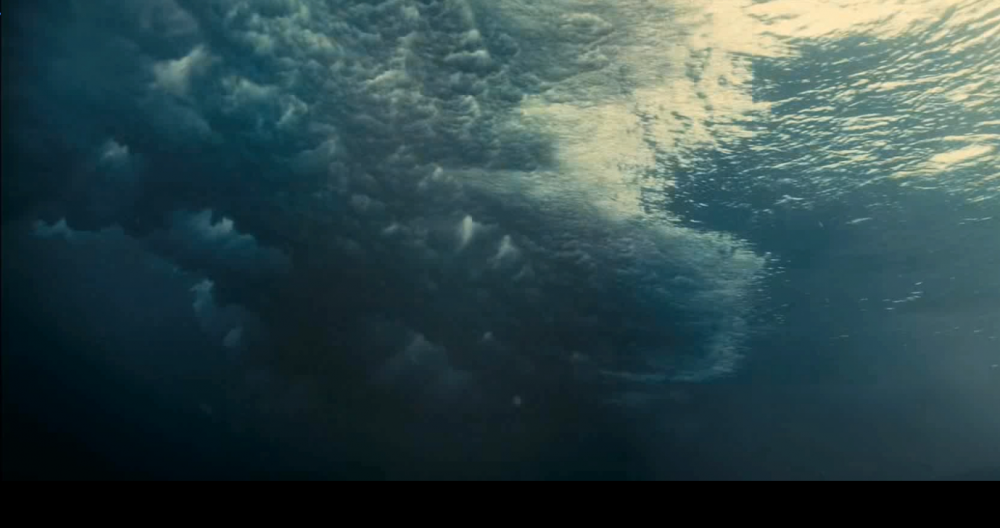
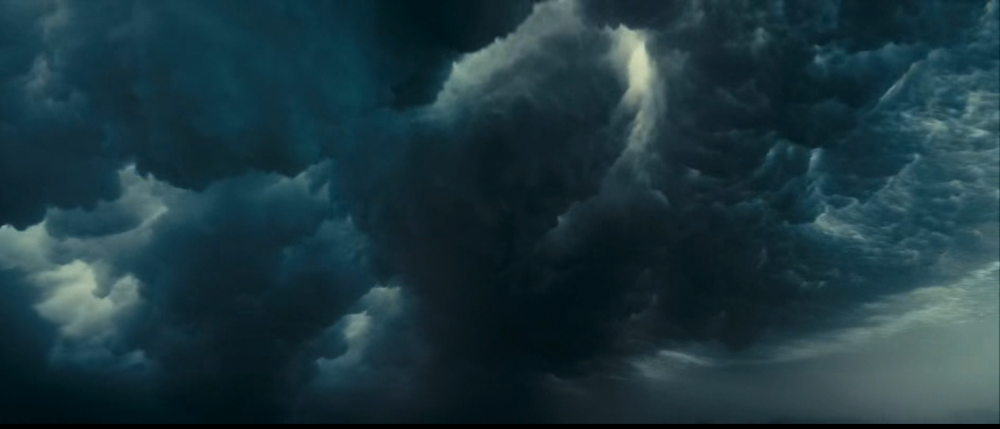

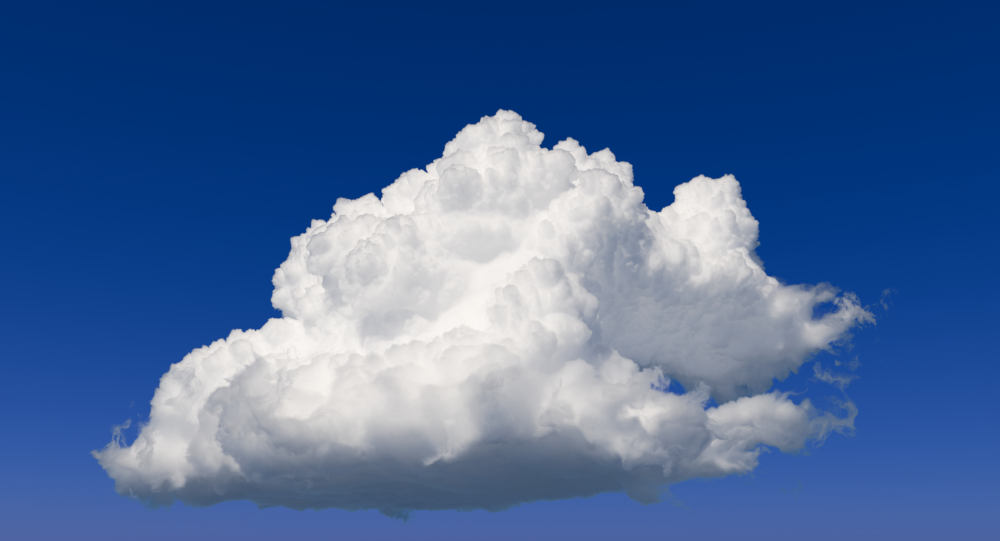
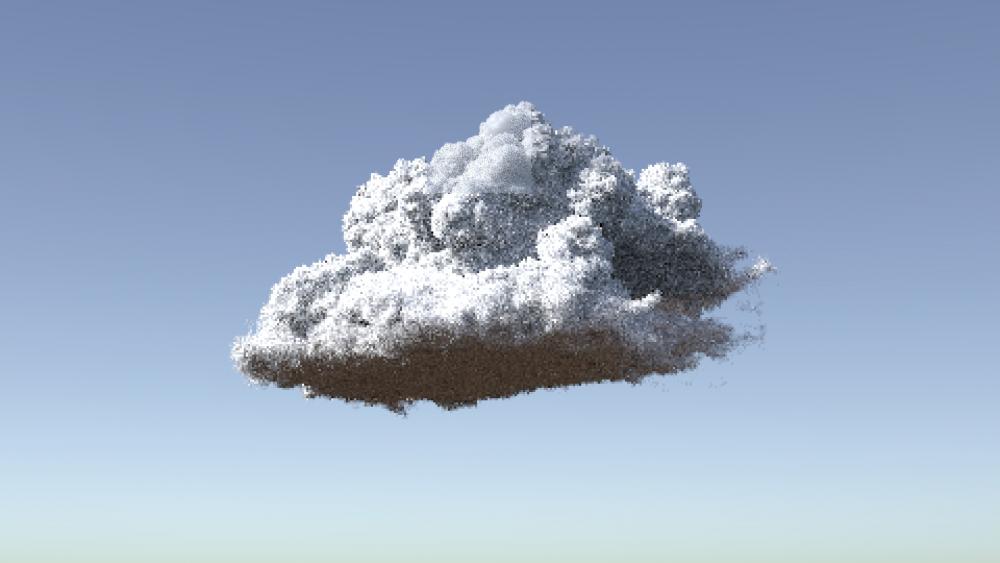
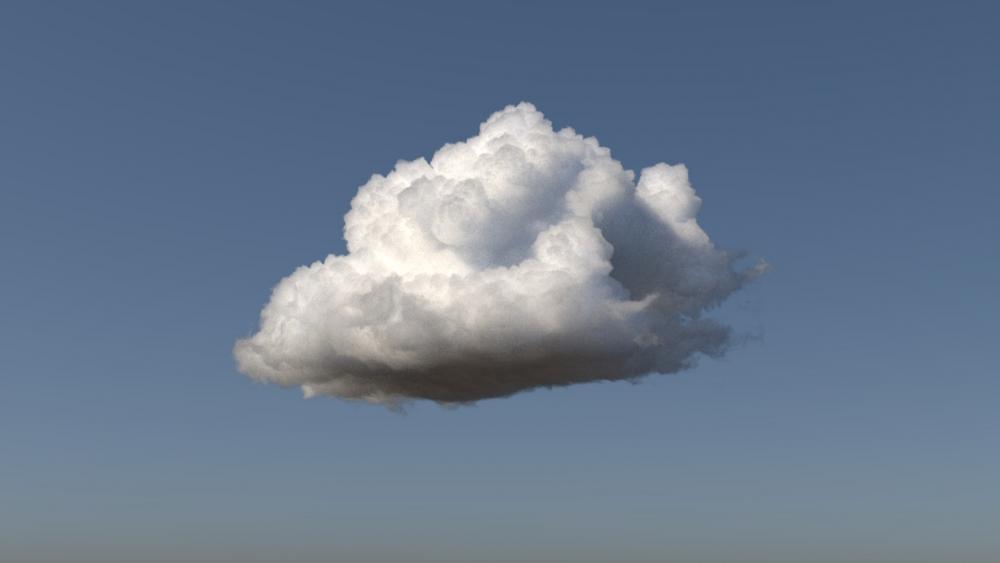
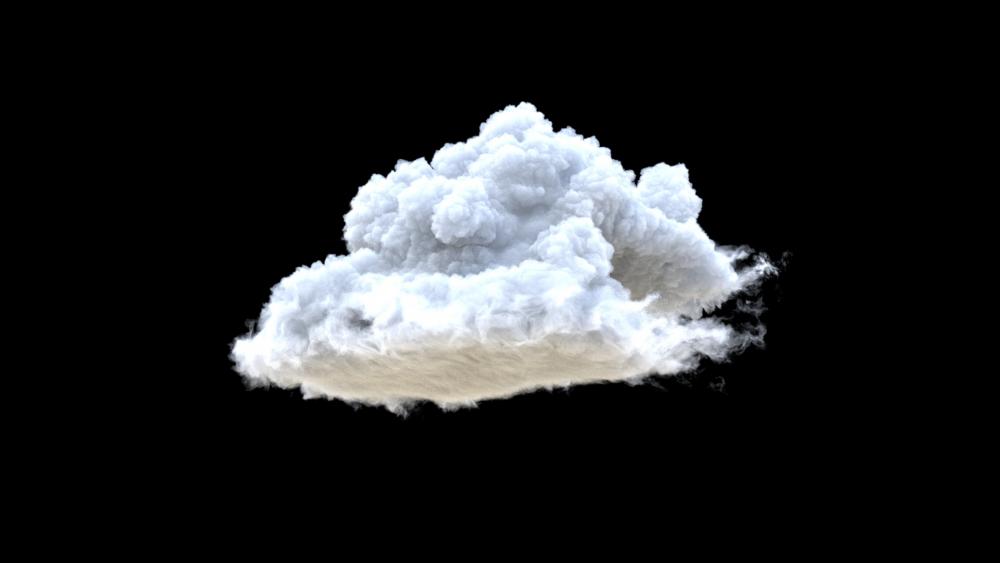

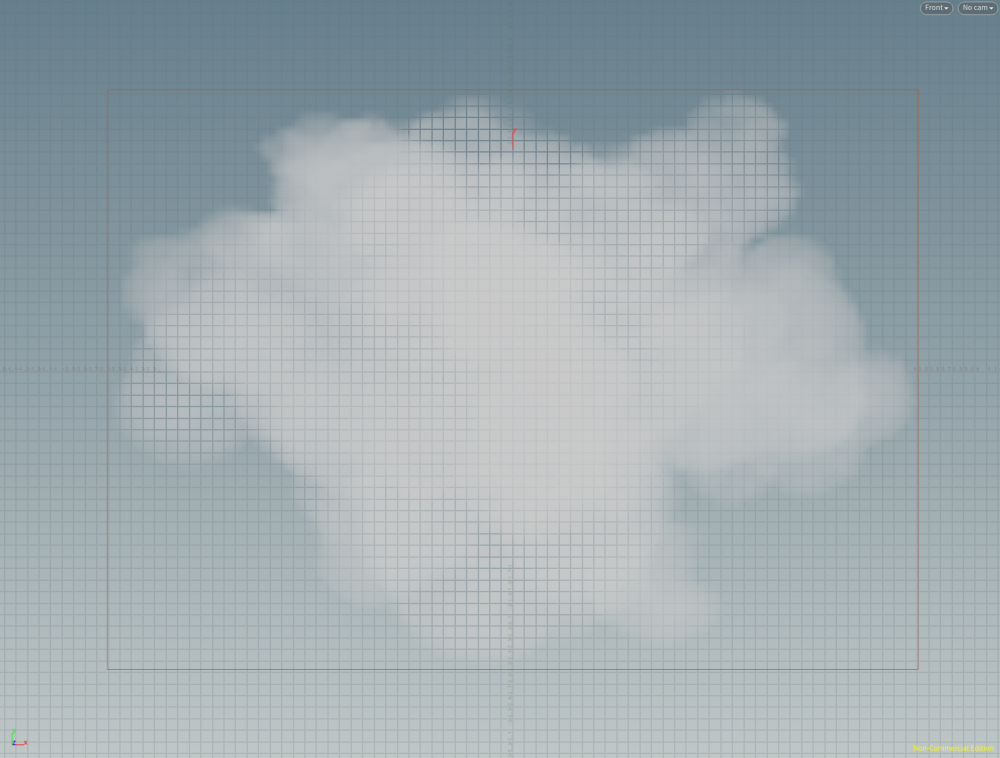

.thumb.png.c10729fa8d301d977df046f0ce74b735.png)
.thumb.png.89d4b2158398d80ece02bb1089071686.png)
.thumb.png.387b3846fb0e2a88ee804e65e0d1c179.png)

